 In this paper, we examine three financial instruments that could boost carbon storage in soil and create other benefits: carbon offsets, carbon insets, and government funding. …Insetting is currently the most effective mechanism to incentivize farmers to adopt new practices. Though broad consumer demand for sustainable food has yet to develop, agri-food companies have displayed a willingness to pay more for sustainable inputs as a way to reduce emissions in their own supply chains. Government support will also be critical in the early days of this transition. Yet as it stands, Canadian government funding is lagging that of its global peers. …In all cases, reliable measurement, reporting and verification systems (MRVs) are key. Offsets are particularly reliant on MRV trials to build a foundation of market integrity and trust. Developing these systems will take time.
In this paper, we examine three financial instruments that could boost carbon storage in soil and create other benefits: carbon offsets, carbon insets, and government funding. …Insetting is currently the most effective mechanism to incentivize farmers to adopt new practices. Though broad consumer demand for sustainable food has yet to develop, agri-food companies have displayed a willingness to pay more for sustainable inputs as a way to reduce emissions in their own supply chains. Government support will also be critical in the early days of this transition. Yet as it stands, Canadian government funding is lagging that of its global peers. …In all cases, reliable measurement, reporting and verification systems (MRVs) are key. Offsets are particularly reliant on MRV trials to build a foundation of market integrity and trust. Developing these systems will take time.




 A new business innovation network is launching on the West Coast, aimed at helping British Columbia transition to a clean, net-zero economy. “Foresight’s Net Zero Innovation Network will help support the adoption and growth of clean tech in B.C. This will help to meet our greenhouse gas reduction targets, drive economic growth, and enhance industrial competitiveness,” said Adam Walker, Parliamentary Secretary for the Sustainable Economy. Foresight Canada, with $2.3 million in support from the Province and $5.2 million from Pacific Economic Development Canada (PacifiCan), is creating the BC Net Zero Innovation Network to support clean-tech innovators and adopters to compete, attract investment and talent, and help them grow faster while bringing their products to market. …A final report released in June 2020 recommended the development of a new clean-tech cluster organization with focuses on water, mining and agriculture alongside energy, transportation and forestry.
A new business innovation network is launching on the West Coast, aimed at helping British Columbia transition to a clean, net-zero economy. “Foresight’s Net Zero Innovation Network will help support the adoption and growth of clean tech in B.C. This will help to meet our greenhouse gas reduction targets, drive economic growth, and enhance industrial competitiveness,” said Adam Walker, Parliamentary Secretary for the Sustainable Economy. Foresight Canada, with $2.3 million in support from the Province and $5.2 million from Pacific Economic Development Canada (PacifiCan), is creating the BC Net Zero Innovation Network to support clean-tech innovators and adopters to compete, attract investment and talent, and help them grow faster while bringing their products to market. …A final report released in June 2020 recommended the development of a new clean-tech cluster organization with focuses on water, mining and agriculture alongside energy, transportation and forestry.



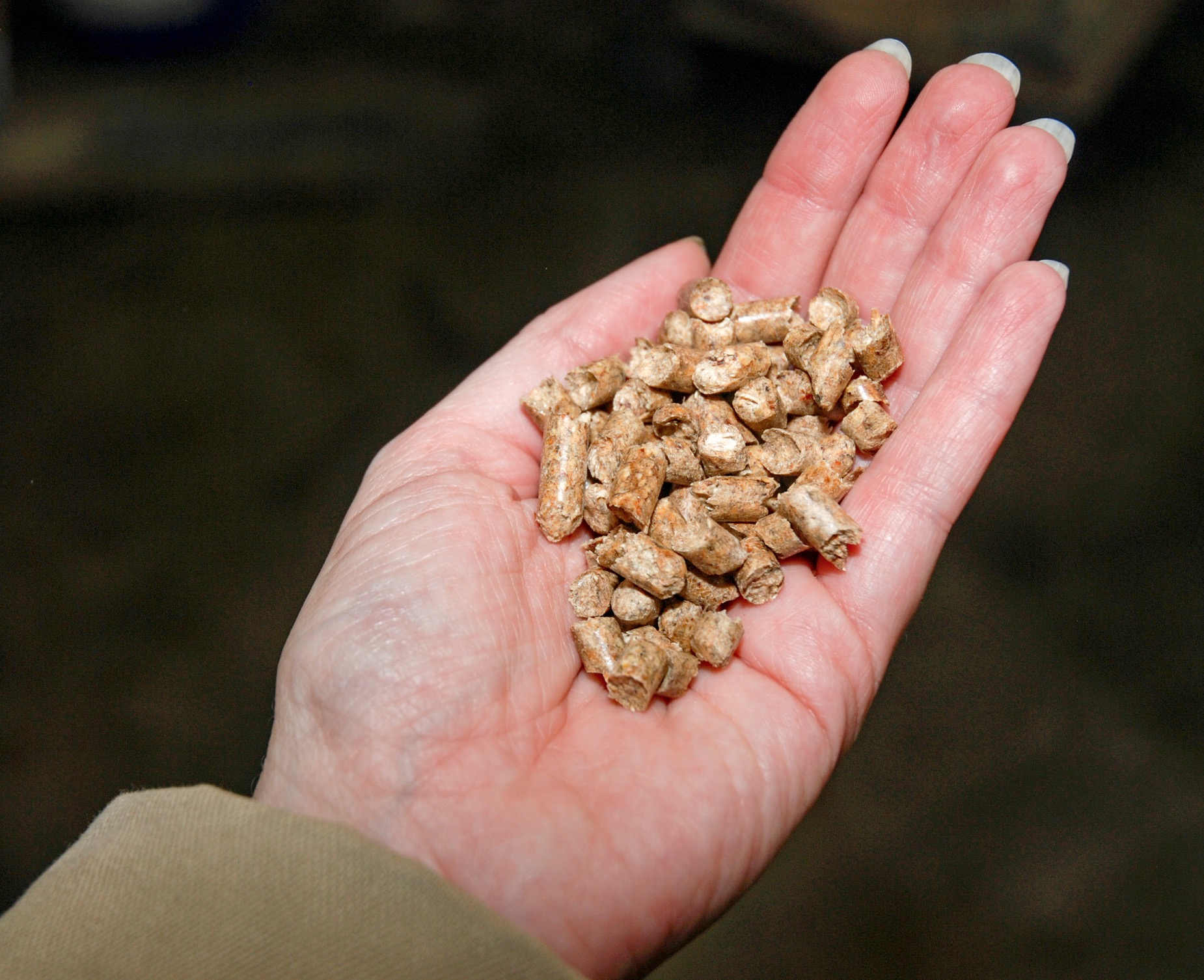 John Manitowabi’s wood-pellet stove comfortably heats his home throughout the winter in Wiikwemkoong Unceded Territory in northern Ontario. His old diesel furnace has been relegated to backup status, where he’s happy to leave it; this new stove, which uses pellets made from regional logging scraps, saves him an estimated $400 per year on diesel. Forest biomass — the practice of burning forestry byproducts to generate energy — isn’t perfect. Some environmentalists warn that it still generates carbon emissions and puts forests at risk of overharvesting. But it is nevertheless a viable option, and one that can have positive impacts for Indigenous communities. Manitowabi is the director of the Wiikwemkoong Department of Lands and Natural Resources. With the rise of fuel costs and concern about the climate crisis, the Wiikwemkoong Development Commission launched a project in 2020 to install wood- pellet heating systems in the community.
John Manitowabi’s wood-pellet stove comfortably heats his home throughout the winter in Wiikwemkoong Unceded Territory in northern Ontario. His old diesel furnace has been relegated to backup status, where he’s happy to leave it; this new stove, which uses pellets made from regional logging scraps, saves him an estimated $400 per year on diesel. Forest biomass — the practice of burning forestry byproducts to generate energy — isn’t perfect. Some environmentalists warn that it still generates carbon emissions and puts forests at risk of overharvesting. But it is nevertheless a viable option, and one that can have positive impacts for Indigenous communities. Manitowabi is the director of the Wiikwemkoong Department of Lands and Natural Resources. With the rise of fuel costs and concern about the climate crisis, the Wiikwemkoong Development Commission launched a project in 2020 to install wood- pellet heating systems in the community.
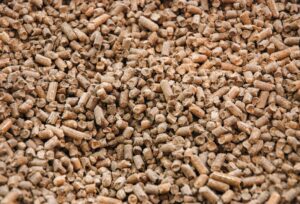 Australia has decided that electricity generated by burning wood from primary forests can no longer be considered renewable energy. …Opponents also have their eyes on Europe, where wood pellet use is large and growing. Wood pellet opponents and pellet makers and users are lobbying European officials over proposed policy changes that could alter the viability, or at least the economics, of the industry here in the U.S. …Last summer, the European Parliament approved proposed revisions to the European Union’s renewable energy rules that would limit the use of biomass. …However, before it can become law the proposal has to go through a three-way negotiation between the parliament and the EU’s two other main governmental arms. …The US Pellet Association said wood is essential to meet EU climate goals and safeguards are working. The association points to several peer-reviewed studies that it says refute environmentalists’ claims.
Australia has decided that electricity generated by burning wood from primary forests can no longer be considered renewable energy. …Opponents also have their eyes on Europe, where wood pellet use is large and growing. Wood pellet opponents and pellet makers and users are lobbying European officials over proposed policy changes that could alter the viability, or at least the economics, of the industry here in the U.S. …Last summer, the European Parliament approved proposed revisions to the European Union’s renewable energy rules that would limit the use of biomass. …However, before it can become law the proposal has to go through a three-way negotiation between the parliament and the EU’s two other main governmental arms. …The US Pellet Association said wood is essential to meet EU climate goals and safeguards are working. The association points to several peer-reviewed studies that it says refute environmentalists’ claims. WASHINGTON – The American Forest Foundation (AFF) announced today its new strategic direction that will focus on unlocking the power of family forests as a climate solution while helping thousands of rural landowners care for their land and improve forest health. With the voluntary carbon markets emerging as one of the primary ways to finance climate action, AFF will expand access to this market for family forest owners from all walks of life while producing high quality forest carbon credits. The strategic direction seeks to enable family forests to capture and store one billion tonnes of carbon by 2050. …Using an innovative public-private partnership model, the organization’s Family Forest Carbon Program removes barriers to the voluntary carbon market for landowners to improve their forests’ health and generate financial opportunities for their families.
WASHINGTON – The American Forest Foundation (AFF) announced today its new strategic direction that will focus on unlocking the power of family forests as a climate solution while helping thousands of rural landowners care for their land and improve forest health. With the voluntary carbon markets emerging as one of the primary ways to finance climate action, AFF will expand access to this market for family forest owners from all walks of life while producing high quality forest carbon credits. The strategic direction seeks to enable family forests to capture and store one billion tonnes of carbon by 2050. …Using an innovative public-private partnership model, the organization’s Family Forest Carbon Program removes barriers to the voluntary carbon market for landowners to improve their forests’ health and generate financial opportunities for their families. 
 Forests and harvested wood products, such as the lumber used in houses, store carbon dioxide. Carbon emissions, which contribute to changes in climate, are diminished when absorbed and stored by forests and wood products. Our most recent resource update,
Forests and harvested wood products, such as the lumber used in houses, store carbon dioxide. Carbon emissions, which contribute to changes in climate, are diminished when absorbed and stored by forests and wood products. Our most recent resource update, 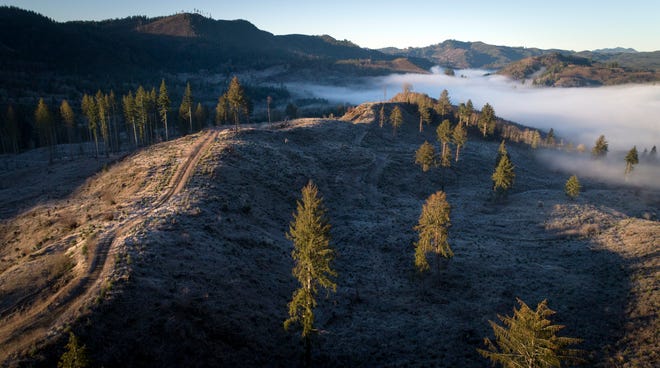
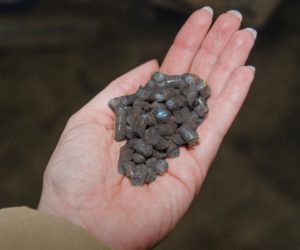 IDAHO — The idea of using biomass or non-recyclable materials to produce power has been around for a long time, but techniques for developing a consistent feedstock to produce a fuel that is economical compared to coal, resistant to moisture, and has no spontaneous combustion in storage has been a daunting challenge. Researchers at Idaho National Laboratory, working with Michigan Technological University and Convergen Energy, a company based in Green Bay, Wisconsin, have pioneered a technique for combining non-recyclable plastics and paper fiber that would otherwise end up in landfills to form pellets with an energy content like bituminous coal. …On the other side of the equation, paper products, while biodegradable, decompose in landfills to create methane, a greenhouse gas 25 times more potent than carbon dioxide. Combining paper and plastic to form stable feedstocks that can substitute for coal and reduce landfill mass would be a green energy win-win.
IDAHO — The idea of using biomass or non-recyclable materials to produce power has been around for a long time, but techniques for developing a consistent feedstock to produce a fuel that is economical compared to coal, resistant to moisture, and has no spontaneous combustion in storage has been a daunting challenge. Researchers at Idaho National Laboratory, working with Michigan Technological University and Convergen Energy, a company based in Green Bay, Wisconsin, have pioneered a technique for combining non-recyclable plastics and paper fiber that would otherwise end up in landfills to form pellets with an energy content like bituminous coal. …On the other side of the equation, paper products, while biodegradable, decompose in landfills to create methane, a greenhouse gas 25 times more potent than carbon dioxide. Combining paper and plastic to form stable feedstocks that can substitute for coal and reduce landfill mass would be a green energy win-win.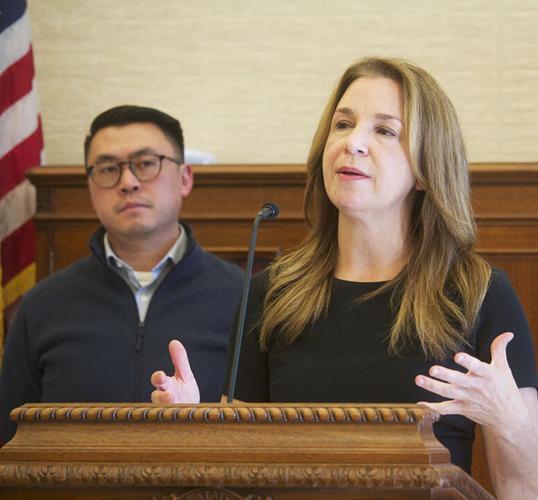
 Several major airlines have pledged to reach net-zero carbon emissions by midcentury. It’s an ambitious goal that will require an enormous ramp-up in sustainable aviation fuels, but that alone won’t be enough, our latest research shows. …Several airlines are already experimenting with sustainable aviation fuels. These include biofuels made from agriculture residues, trees, corn and used cooking oil. Other fuels are synthetic, made by combining captured carbon from the air and green hydrogen, made with renewable energy. …Replacing fossil jet fuel with sustainable aviation fuels will be crucial, but the industry will still need to invest in direct-air carbon capture and storage to offset emissions that can’t be cut. …It could require as much as 1.2 million square miles of dedicated land to grow corps to turn into fuel – roughly 19% of global cropland today. …Efficiency improvements will help decrease the amount of energy needed to power aviation, but it won’t eliminate it.
Several major airlines have pledged to reach net-zero carbon emissions by midcentury. It’s an ambitious goal that will require an enormous ramp-up in sustainable aviation fuels, but that alone won’t be enough, our latest research shows. …Several airlines are already experimenting with sustainable aviation fuels. These include biofuels made from agriculture residues, trees, corn and used cooking oil. Other fuels are synthetic, made by combining captured carbon from the air and green hydrogen, made with renewable energy. …Replacing fossil jet fuel with sustainable aviation fuels will be crucial, but the industry will still need to invest in direct-air carbon capture and storage to offset emissions that can’t be cut. …It could require as much as 1.2 million square miles of dedicated land to grow corps to turn into fuel – roughly 19% of global cropland today. …Efficiency improvements will help decrease the amount of energy needed to power aviation, but it won’t eliminate it.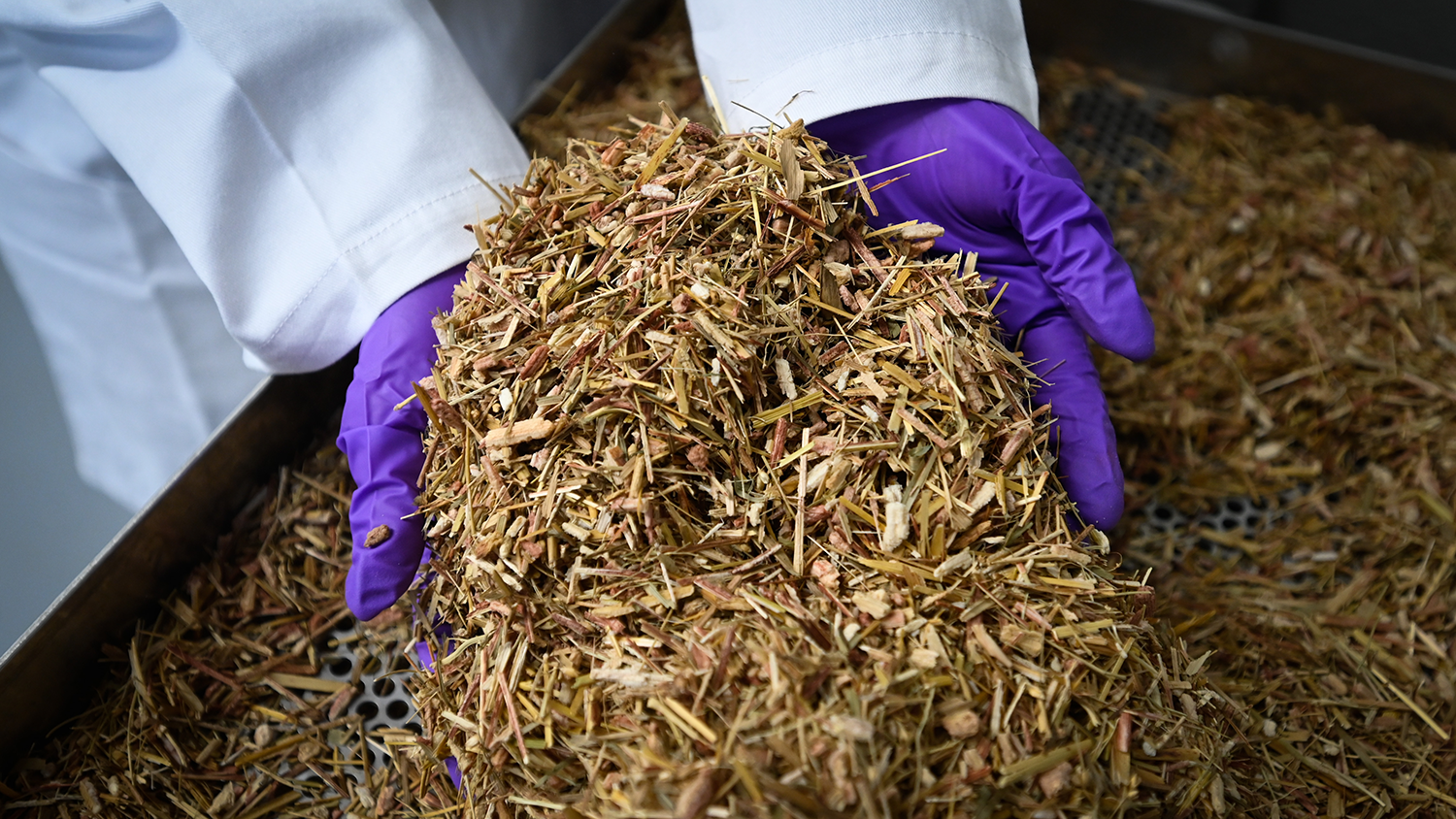
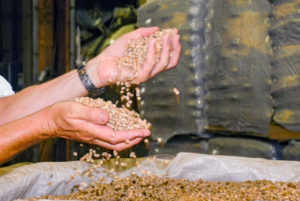 BETHESDA, Maryland — Enviva, the world’s leading producer of woody biomass, along with the U.S. Industrial Pellet Association (USIPA), welcome a recent study, titled “
BETHESDA, Maryland — Enviva, the world’s leading producer of woody biomass, along with the U.S. Industrial Pellet Association (USIPA), welcome a recent study, titled “



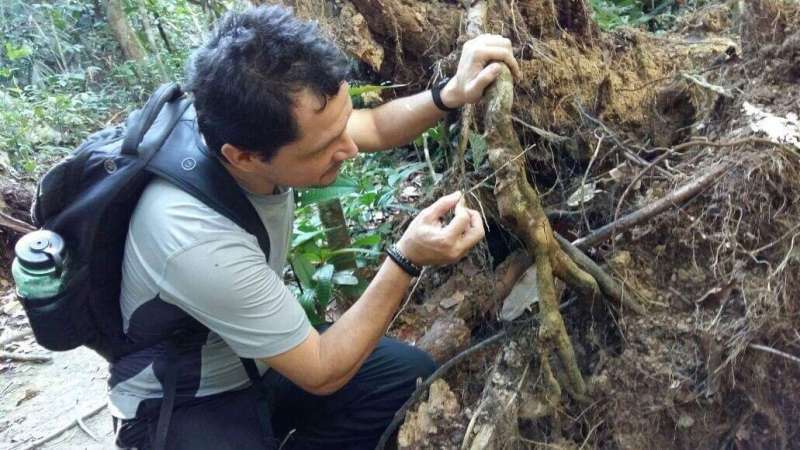
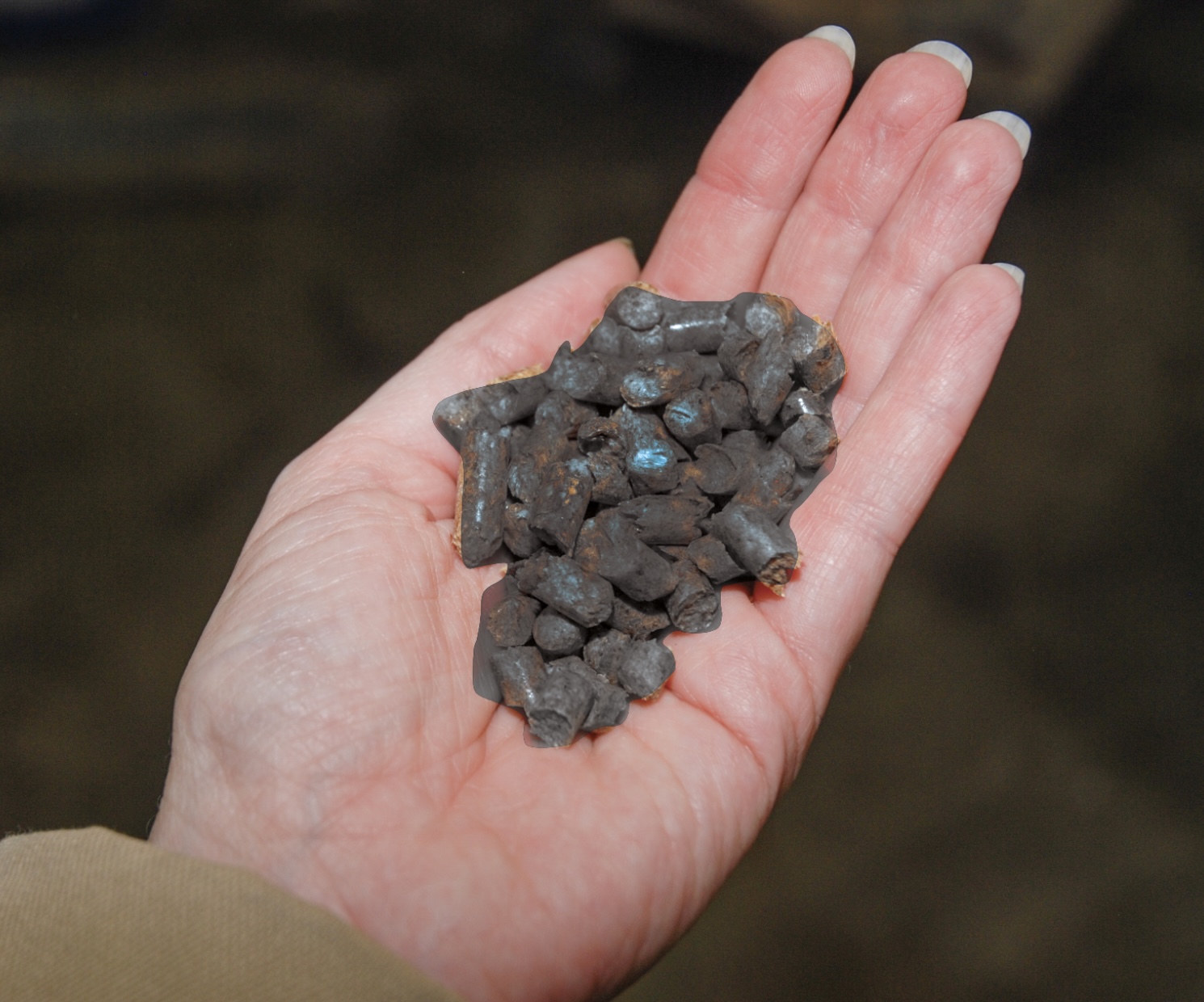 Genesis Energy and Fonterra want to use wood biomass to generate electricity and heat. Genesis interim chief executive Tracey Hickman said the companies signed an agreement to work together and explore the viability of biomass as a substitute for coal. The possibility of a domestic biomass supply chain would also be investigated. The companies had signed a biomass collaboration agreement as they looked for an alternative fuel source to help decarbonise the businesses, she said. The agreement came ahead of a trial to burn biomass at Genesis’ Huntly Power Station next week, Hickman said. …The biomass used in the trial was black torrefied biomass was made from tree sawdust. The process created a solid and uniform pellets that had about 30% more energy than raw biomass, Hickman said. Burned torrefied biomass generally produced less than 10% of the emissions of coal, she said.
Genesis Energy and Fonterra want to use wood biomass to generate electricity and heat. Genesis interim chief executive Tracey Hickman said the companies signed an agreement to work together and explore the viability of biomass as a substitute for coal. The possibility of a domestic biomass supply chain would also be investigated. The companies had signed a biomass collaboration agreement as they looked for an alternative fuel source to help decarbonise the businesses, she said. The agreement came ahead of a trial to burn biomass at Genesis’ Huntly Power Station next week, Hickman said. …The biomass used in the trial was black torrefied biomass was made from tree sawdust. The process created a solid and uniform pellets that had about 30% more energy than raw biomass, Hickman said. Burned torrefied biomass generally produced less than 10% of the emissions of coal, she said.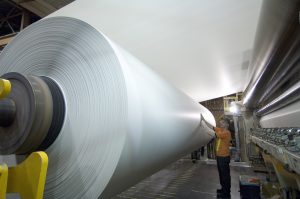 A collaboration between the Confederation of European Paper Industries (Cepi) and the European Heat Pump Association (EHPA) is aiming to save 50% of energy used in paper manufacturing and assist its decarbonisation by implementing heat pumps into existing paper mills. Heat pumps provide around 10% of Europe’s industrial energy demand and help lower the industrial emissions of multiple sectors. Large heat pumps and steam compressors capable of heating up to 200°C have recently become commercially available in a development expected to suit the needs of the pulp and paper industry. …A joint
A collaboration between the Confederation of European Paper Industries (Cepi) and the European Heat Pump Association (EHPA) is aiming to save 50% of energy used in paper manufacturing and assist its decarbonisation by implementing heat pumps into existing paper mills. Heat pumps provide around 10% of Europe’s industrial energy demand and help lower the industrial emissions of multiple sectors. Large heat pumps and steam compressors capable of heating up to 200°C have recently become commercially available in a development expected to suit the needs of the pulp and paper industry. …A joint 
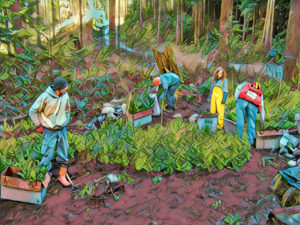 LONDON — An investor group committed to climate change and controlling $11 trillion in assets has banned members from counting carbon removal schemes towards their emissions reduction targets before 2030, amid increasing scrutiny of the fast-growing market for carbon offsets. The Net Zero Asset Owner Alliance said on Tuesday it wanted its members to focus in the first instance on encouraging investee companies to reduce emissions across all sectors, rather than removing carbon that has already been emitted by, for example, planting large numbers of trees. The move reflects broad concerns about the quality of some carbon removal schemes and criticism of companies that buy carbon credits instead of improving their own carbon footprints, however the United Nations has said that carbon removal will be required to slow or stop climate change by 2050. The new policy applies to their members and the companies in which they invest.
LONDON — An investor group committed to climate change and controlling $11 trillion in assets has banned members from counting carbon removal schemes towards their emissions reduction targets before 2030, amid increasing scrutiny of the fast-growing market for carbon offsets. The Net Zero Asset Owner Alliance said on Tuesday it wanted its members to focus in the first instance on encouraging investee companies to reduce emissions across all sectors, rather than removing carbon that has already been emitted by, for example, planting large numbers of trees. The move reflects broad concerns about the quality of some carbon removal schemes and criticism of companies that buy carbon credits instead of improving their own carbon footprints, however the United Nations has said that carbon removal will be required to slow or stop climate change by 2050. The new policy applies to their members and the companies in which they invest. 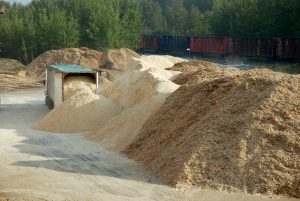 European Parliament’s proposal is amending the Renewable Energy Resources Directive. Although at their core amendments do not mean a full ban on use of biomass as fuel, they do provide for excluding primary forest biomass from all state support plans, renewable energy goal and longevity criteria. The intended amendments, the ministry warns, would mean additional emission quotas for wood chips. This would make bioenergy financially unattractive. …The statement from the ministry mentions this proposal could put at risk EU member states’ ability to ensure energy security using local renewable energy, which may, in turn, undermine EU’s movement towards climate neutrality. The proposal may promote use of fossil fuel and imported energy resources, so that member states are able to supply themselves with necessary energy, especially heating energy. In the event this proposal is passed, bioenergy may lose its advantages.
European Parliament’s proposal is amending the Renewable Energy Resources Directive. Although at their core amendments do not mean a full ban on use of biomass as fuel, they do provide for excluding primary forest biomass from all state support plans, renewable energy goal and longevity criteria. The intended amendments, the ministry warns, would mean additional emission quotas for wood chips. This would make bioenergy financially unattractive. …The statement from the ministry mentions this proposal could put at risk EU member states’ ability to ensure energy security using local renewable energy, which may, in turn, undermine EU’s movement towards climate neutrality. The proposal may promote use of fossil fuel and imported energy resources, so that member states are able to supply themselves with necessary energy, especially heating energy. In the event this proposal is passed, bioenergy may lose its advantages.